Where Do You Start When Designing Library Training? At the End
Lauren Hays
Designing effective training is not easy. We have goals for what attendees will learn, and we have ideas for how we will share the content. If we know what we want from training sessions, the next question is: How do we get there?
I recommend a method called Backward Design which was written about in the book Understanding by Design. In a nutshell, this curriculum development method states every instructor should start with the end in mind. Typically, instruction is designed by starting at the beginning. Instructors usually think about what they want to do first, what content they need to cover, and then how they will conclude the lesson.
Starting with the end in mind, when designing your training sessions you must ask yourself “What specifically it is that employees need to be able to do at the end of the training?” Another way to think of this is to identify the specific learning goals for your training. For more information on developing learning goals see my previous post titled Setting Learning Goals in Special Libraries.
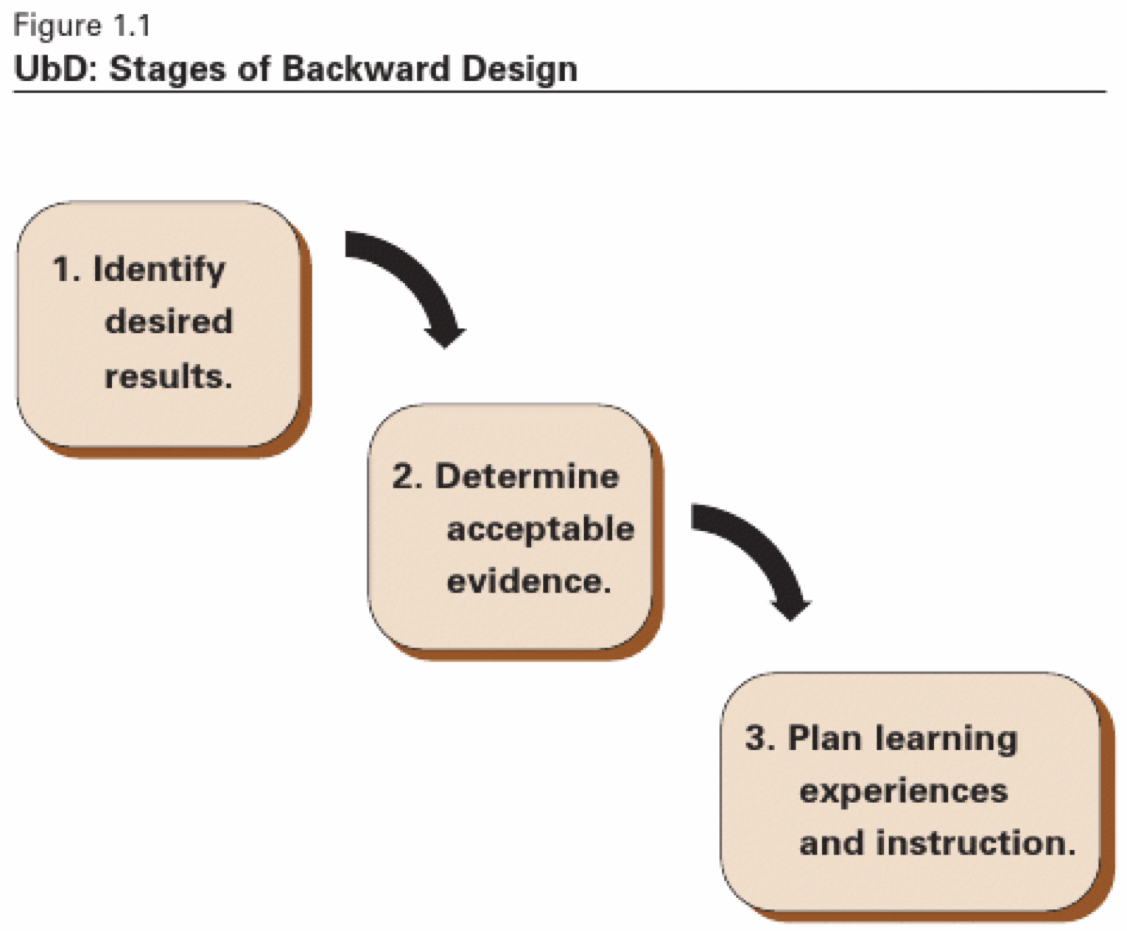
*Figure from the book Understanding by Design by Grant Wiggins and Jay McTighe
After you have determined what your attendees need to be able to do at the end of the session, you should think about what evidence they can show that says they have met the stated outcome.
Determining Evidence of Learning
Once you have written your learning outcomes the next step in designing your training is determining what attendees will need to do in order to demonstrate they have met the intended outcome. For example, if you want attendees to be able to find content in a database, you need to create a situation as part of training where the attendees are asked to do that.
For some activities, such as interlibrary loan, a checklist may be sufficient to determine the task is complete. For example, providing attendees with a checklist can help them know they are moving through the interlibrary loan form. However, a checklist will not be sufficient evidence of learning for tasks that require attendees to remember or understand something.
For many learning outcomes the evidence of learning may be straightforward. If for example, a new hire needs to know how to check out a book, the evidence is them checking out a book. For other outcomes, though, there will not be easily determined evidence of learning. The learning outcome “New hires will be able to model the values of the organization to users.” is one example. In cases like this, you must spend time thinking about how you know employees model the values of the organization. Ask yourself how you orient employees to the mission and vision of your library and then, what it is you expect and want to see in your employees. Perhaps you want to see certain behaviors or language used. Please take a moment to reflect on this.
Once you have determined the evidence you will need to see in order to know the outcomes have been met it is time to plan activities.
Planning Activities
Once you know what evidence will demonstrate that attendees have met the learning outcomes, you can plan the content and activities in the orientation. Both the content and activities should be in alignment with learning outcomes.
Conclusion
Starting with the end in mind helps in designing more effective training. You can find additional information and resources including a template here.
Reference
Wiggins, G., & McTighe, J. (2005). Understanding by design. ASCD.
Lauren Hays
Lauren Hays, PhD, is an Assistant Professor of Instructional Technology at the University of Central Missouri. Please read her other posts about skills for special librarians. And take a look at Lucidea’s powerful ILS, SydneyEnterprise, used daily by innovative special librarians.
Never miss another post. Subscribe today!
Similar Posts
Teaching about AI in the Workplace
Suggestions for special librarians from Claude on how to foster cross-generational AI learning communities in the workplace.
Keeping up with AI…
Resources for staying current on the quickly changing AI landscape from a library expert.
Interview with Lesley Farmer about SLA’s Information Outlook
Interview about the rebirth of SLA’s Information Outlook as a quarterly online publication with interview with Professor Lesley Farmer
Ways I Have Been Using Generative AI
Generative AI can be used in many ways as part of a typical workflow; examples and thoughts about what the future holds
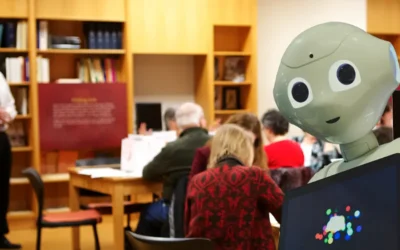
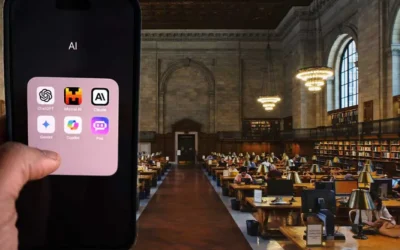
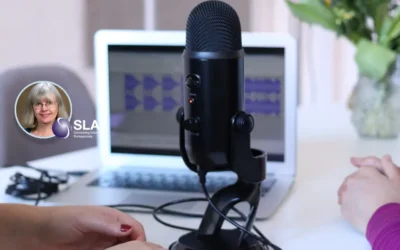
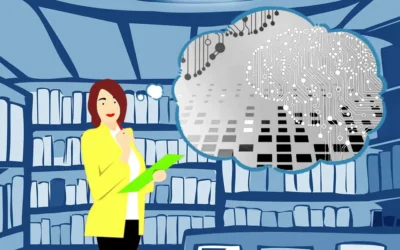
Leave a Comment
Comments are reviewed and must adhere to our comments policy.
0 Comments